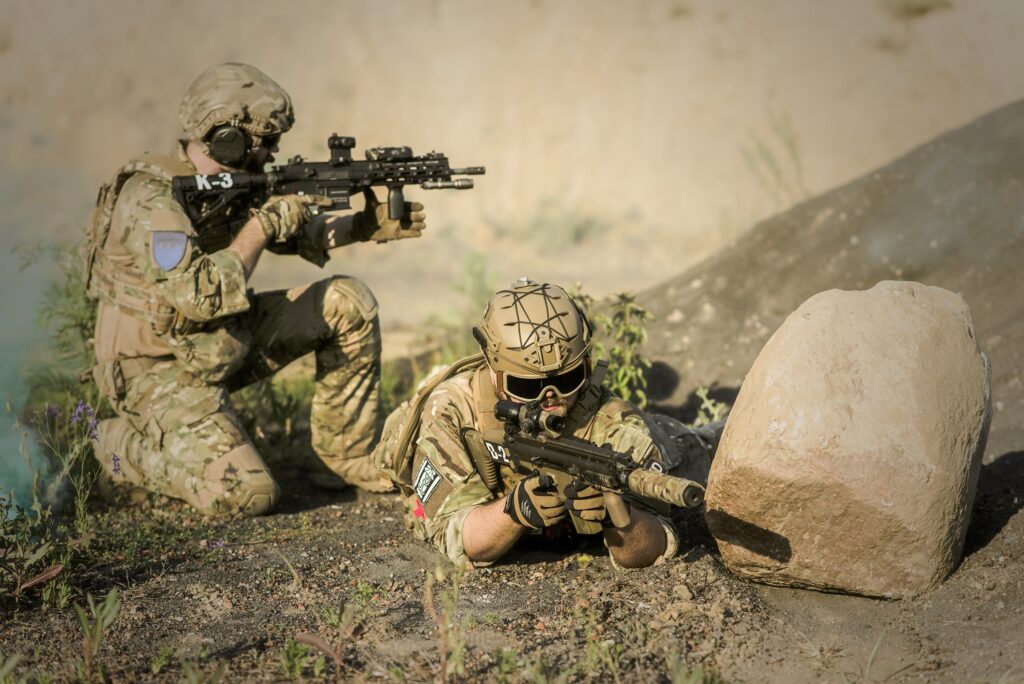
What You Need to Know About Plate Carrier Vests
If you’re in the military, law enforcement, or security, it’s important to understand the difference between a bulletproof vest and a plate carrier vest. A plate carrier vest is designed to hold hard armor plates, while a bulletproof vest offers protection against ammunition fired from handguns and rifles. Let’s take a closer look at how these two types of vests differ and why they are both essential pieces of protective gear.
The Differences Between Bulletproof Vests & Plate Carrier Vests
Bulletproof vests are made with lightweight materials that provide ballistic protection against handgun rounds such as 9mm and .44 Magnum. They can also provide some protection against rifle rounds such as 5.56mm and 7.62mm. However, they do not offer complete protection from rifle rounds; for this, you need a plate carrier vest.
Plate carrier vests are designed to hold hard armor plates in place on your body so that they can protect you from high-velocity rifle rounds such as the 5.56mm NATO round or the 7.62x39mm round commonly used in AK-47s and SKS rifles. These plates must be made of materials like ceramic or steel to provide effective protection against rifle rounds; however, they are much heavier than bulletproof vests so they may require more energy to wear them for long periods. Additionally, plate carrier vests must be tailored specifically for each user since different sizes require different fitting plates to ensure maximum protection coverage.
Why Both Types Are Essential
Both bulletproof and plate carrier vests offer essential protective benefits for those who work in dangerous environments such as military combat operations or law enforcement missions where there is an increased risk of being shot at by hostile forces armed with rifles or submachine guns. In addition to providing ballistic protection from small arms fire, these types of vests also offer enhanced mobility due to their lightweight construction and comfortable fit around the torso area which allows for greater agility during active operations or pursuits when quick movement is critical for success or survival. Furthermore, having both types of vests ready at hand allows users to switch quickly between them depending on the situation; if rifle fire is expected then the plate carrier should be worn while if only handgun fire is anticipated then the lighter bulletproof vest will suffice without sacrificing any ballistic protection capabilities whatsoever.
In conclusion, it’s important to know the differences between bulletproof vests and plate carrier vests so that you can choose the right type of protective gear based on what type of environment you’re working in—whether it’s military combat operations or law enforcement missions where there is an increased risk of being shot at by hostile forces armed with rifles or submachine guns—and have peace of mind knowing that you’re fully protected from incoming small arms fire no matter what situation arises during active operations or pursuits when quick movement is critical for success or survival. By understanding how each type works and why it’s needed, you can make sure you have both options available which will enable you to switch quickly between them depending on your situation at hand.
For more articles, please click here.